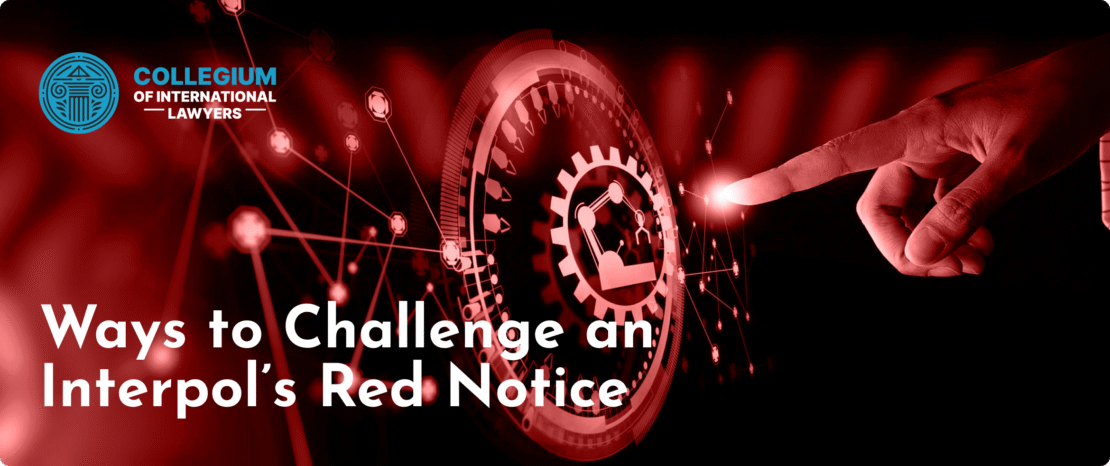The Rise of the Russian Mafia From Underground Networks to Global Influence

The Rise of the Russian Mafia: From Underground Networks to Global Influence
The rise of the Russian mafia can be traced back to the tumultuous periods of Soviet history, where various socio-political and economic factors combined to foster an environment ripe for organized crime. Understanding the origins and evolution of this notorious criminal syndicate requires a comprehensive examination of its roots, social dynamics, and the eventual transformation into a global enterprise. This article delves into the key factors that facilitated the rise of the Russian mafia, its foundational structures, and its far-reaching implications in the modern world.
Historical Context: The Prelude to Organized Crime
The origins of the Russian mafia can be traced back to the early years of the Soviet Union. Following the Bolshevik Revolution in 1917, the new regime sought to eradicate crime and corruption. However, this effort created a vacuum that criminal organizations filled. With the state’s focus on political control, underground groups began to thrive, laying the groundwork for the mafias that would dominate post-Soviet society.
The Structural Formation of the Mafia

As the Soviet Union began to wane in the 1980s, the once-cohesive structures of organized crime started to emerge more openly. The collapse of the Soviet regime in 1991 marked a significant turning point, leading to an increase in lawlessness and economic turmoil. Criminal organizations, often referred to as “Bratva” (the Brotherhood), began to form networks that capitalized on the weaknesses of the post-Soviet state.
These groups operated in various sectors, including drug trafficking, arms smuggling, and money laundering. Their ability to exploit the new economic landscape was facilitated by corrupt officials and the lack of effective law enforcement. This environment allowed criminal enterprises to flourish as they created alliances not only with each other but also with corrupt politicians and business leaders.
The Role of Corruption and Politics
Corruption played a pivotal role in the evolution of the Russian mafia. Throughout the 1990s, many former KGB officers and government officials formed alliances with criminal organizations, creating a symbiotic relationship that benefited both parties. These alliances allowed for greater protection of criminal activities, as corrupt officials turned a blind eye to the mafia’s operations in exchange for financial gain.
This collusion reached its peak during the tumultuous transition to a market economy, as former state-owned enterprises were stripped of their assets in the name of privatization. The mafia often acted as a broker in these transactions, using intimidation and violence to secure control over various industries. This period also saw the rise of oligarchs who would utilize the mafia for protection and enforcement, further entrenching organized crime within the fabric of Russian society.
Global Expansion: The Russian Mafia Goes International
With the amalgamation of wealth and power, the Russian mafia expanded its operations beyond the borders of Russia. By the late 1990s and early 2000s, these organizations had established networks in Europe, the United States, and beyond, creating a truly global enterprise. They engaged in various criminal activities, including human trafficking, drug smuggling, cybercrime, and arms dealing.

International law enforcement agencies began to realize the magnitude of this threat and started to collaborate more closely to combat these criminal syndicates. However, the decentralized nature of the Russian mafia posed challenges, as various factions often operated independently, making coordination of international law enforcement efforts complex.
Modern Day: The Continuing Influence of the Russian Mafia
Today, the Russian mafia remains a significant force in global organized crime. Their influence transcends mere criminal enterprises and seeps into legitimate businesses, affecting the global economy. The mafia invests in various sectors, including real estate, finance, and technology, often laundering money through legitimate channels.
Moreover, with the advent of the internet, the Russian mafia has adapted to new technologies, engaging in sophisticated cybercrimes such as hacking and identity theft. Their ability to exploit digital platforms demonstrates their evolution into a modern criminal organization that can adjust to changing landscapes and innovate in their methods of operation.
Conclusion: Understanding the Beast
The rise of the Russian mafia is a complex narrative of historical roots, socio-political dynamics, and economic conditions. As we observe their continued influence in both criminal and legitimate spheres, understanding this phenomenon becomes essential for policymakers, law enforcement, and society at large. The Russian mafia serves as a reminder of the need to address corruption, strengthen legal frameworks, and promote transparency to mitigate the threats posed by organized crime.
Exploring the intricacies of the Russian mafia provides invaluable insights not only into the mechanics of organized crime but also into the broader issues of governance, socioeconomic inequality, and the struggle for power in a rapidly changing world. While the Russian mafia’s history is steeped in crime and violence, its intricate connections to legitimate economies and politics highlight the need for comprehensive strategies to combat this enduring threat.